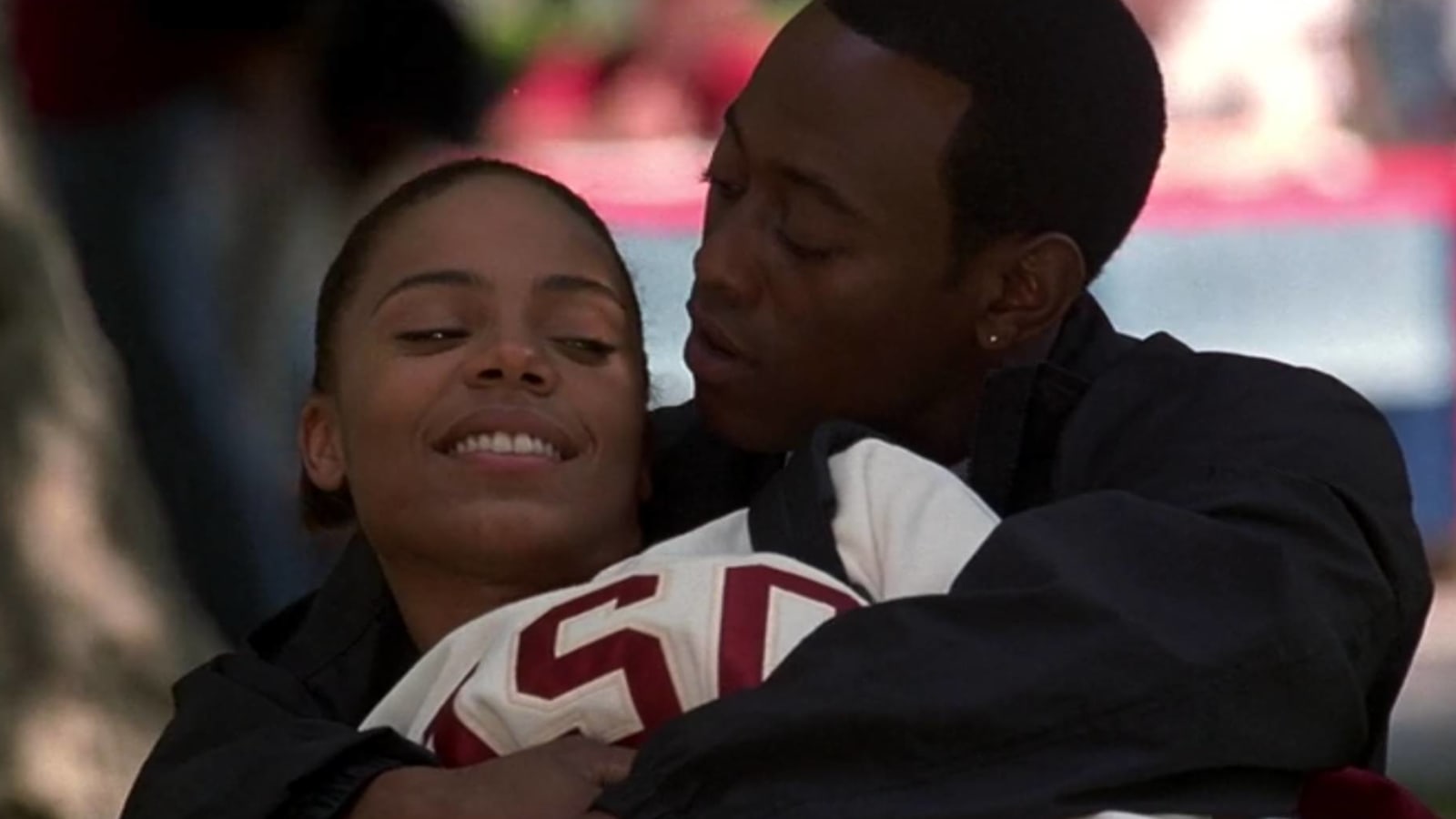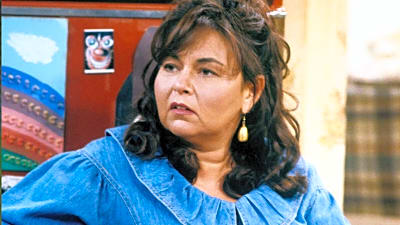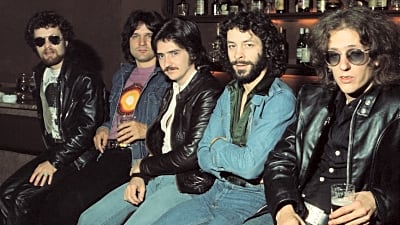
This woman's work: "Love & Basketball" at 20
“So how come you can play basketball?” “I just can.”
Monica Wright has been here before. From the moment the elementary school-aged girl strides onto the basketball court in Quincy McCall’s backyard, long hair concealed by a Los Angeles Lakers cap (quite the provocation given that her host’s father stars for that other, far less successful SoCal NBA franchise), she knows there are two hurdles to clear.
First, she has to get these three cocky boys to let her play once her gender is revealed. Second, she has to at least play at the level of her trash-talking competition. The first part is tricky. Most boys her age would tell her to kick rocks. The second part, however, is cake. Monica knows she’s got slithery handles and a silky jumper that needs only to go up to go in. She’s got more game than all three of these chumps.
More game than two, at least.
Quincy’s the real deal, a second-generation hardcourt star in the making. But Monica shakes the youngster’s confidence enough to draw a hard foul from him — and, surprisingly, he’s a nice enough kid to instantly regret the dirty play. His feelings run a little deeper than that though. When they meet up to ride their bikes to school the next day, Quincy asks Monica, face still bandaged from the lawn burn he gave her, if she’ll be his girl. She accepts. Thus begins a 20-plus year romance that turns us on, breaks our hearts and leaves us hoping that our children might one day inherit a world of equal opportunity for all genders.
While Gina Prince-Bythewood’s “Love & Basketball”, which hit theaters 20 years ago, on April 21, 2000, tackles a number of societal issues, it is first and foremost a love story. From the moment they kiss for a counted-off five seconds in the Wright’s side yard, Quincy (Omar Epps) and Monica (Sanaa Lathan) are on-again/off-again lovers. And yet while both are committed to their burgeoning hoops careers, even Quincy thinks Monica cares too much for the game. But when Quincy jokingly asks after Monica’s boyfriend “Spalding” (i.e. her basketball), she lets it slide. It’s achingly clear that she has eyes for only him. No one else will do.
Monica comes by her fixed focus naturally. Ever since she was a little girl, her mother (Alfre Woodard) has pooh-poohed her hoop dreams, which, given the film’s 1980s-90s setting, isn’t entirely unreasonable. Before the WNBA’s inaugural season in 1997, standout women basketball players generally looked to the Olympics as a one- or two-time Super Bowl. After that, they had to play professionally, to little glamour or acclaim, overseas.
All of this weighs on Monica, and her passion often boils over into frustration, which leads to foul-outs and ejections. Though she’s finally in a relationship with Quincy when they both go to USC, he’s too busy being a “diaper-dandy” stud to pay attention to her on- and off-court struggles, thus leaving Monica adrift in choppy waters inhabited by jealous teammates and a taskmaster head coach.
Monica responds by playing to her strengths: No matter what, she can always get that sweet jumper off. But basketball is a team game that gets infinitely more difficult when your best player doesn’t play defense, and Monica’s already working hard enough defending her heart against Quincy's callousness. (He’s beginning to exhibit his father’s adulterous instincts.)
“Love & Basketball” caught a bit of critical flak in 2000 for its 124-minute runtime, but the film more than earns its length. Prince-Bythewood is working within a familiar melodramatic framework and uses the extra space to find those uncommon moments that subvert or reinvigorate conventions. The movie’s most famous scene is undoubtedly the game of strip one-on-one — an exceptionally sensual bit of foreplay that serves a vital emotional purpose by letting us see Quincy and Monica get after it at a non-pivotal point in their relationship.
It shouldn't be such a rare pleasure to hang out with a couple of desirable characters while they gradually get horny for each other (and the heat was real, as Epps and Lathan were dating during the shoot), but American filmmakers have forgotten how to make sexy movies. In a 2015 interview, Prince-Bythewood said she drew her inspiration in part from “When Harry Met Sally…”, a film that spends a great deal of time making the case for why its characters must be together while they do everything in their power to thwart fate.
But whereas the conflict in Nora Ephron’s screenplay utilizes a classic will-they-or-won’t-they formula (with the couple finally hooking up at the end of the second act), “Love & Basketball” gets Quincy and Monica together early — to the strains of Maxwell’s miraculous cover of Kate Bush’s “This Woman’s Work” — and asks if these two hyper-competitive individuals can sustain a loving, two-way relationship.
Speaking of music, Prince-Bythewood has an unerring ear for every single era featured in her film. From New Edition’s “Candy Girl” scoring Quincy and Monica’s meet-rough pick-up game to Johnny Kemp’s “Just Got Paid” getting the senior prom moving to Quincy going off on the court to Kool Moe Dee’s “I Go to Work," her soundtrack is like a box of madeleines. It’s all there: the fashions, the lingo, “Double Dribble” on the NES…it’s not surprising to learn that this is a semi-autobiographical film for Prince-Bythewood because every moment feels lived.
If you were watching sports back then, the era specificity also makes it sting. When Quincy, now a journeyman NBA player trying to catch on with the Lakers (of all teams) goes down with an ACL tear circa 1993, you remember those as being career-ending letters for everyone not named Bernard King. Younger viewers could watch the film now and think a comeback is just around the corner, but medical science was nowhere near where it is today. Also, Prince-Bythewood is careful to portray Quincy as a one-dimensional player who’s more interested in becoming a human highlight reel than a complete ball player; we know he lacks the overwhelming physical ability to bounce back from this devastating injury.
This places the narrative onus on Monica, who toughs out some seasons in Europe before returning home to L.A. for a banking gig. It’s all wrong. Monica hasn’t been here before: All of her confidence, all of her talent, all of her love for Quincy, who’s about to get married, is meaningless. So she turns to her mother, the one person who saw her love for basketball as a dead end, and she regains the courage to at least fight for the one thing she can change. And maybe for the first time in her life, she wins by losing.
The timing of “Love & Basketball” couldn’t have been more propitious. The film ends with Monica taking the court for the WNBA’s Los Angeles Sparks, as Quincy and their young daughter watch from courtside. The movie was released a year after the United States Women’s National Soccer Team captivated the nation with its World Cup victory over China. It felt like the world was changing. And it has. Slowly. The WNBA overexpanded in the 2000s but seems to have found a base from which to grow with its 12-team league. The U.S. women’s soccer team is doing just fine. Women are now finding their way into the coaching ranks of the NBA and the NFL.
Progress is slow. And painful. But we’ll get there as long as we have love for one another. Just don’t forget to make time for a little one-on-one. The nasty kind. And remember that all is fair in love and basketball.
More must-reads:
Customize Your Newsletter
 +
+
Get the latest news and rumors, customized to your favorite sports and teams. Emailed daily. Always free!







